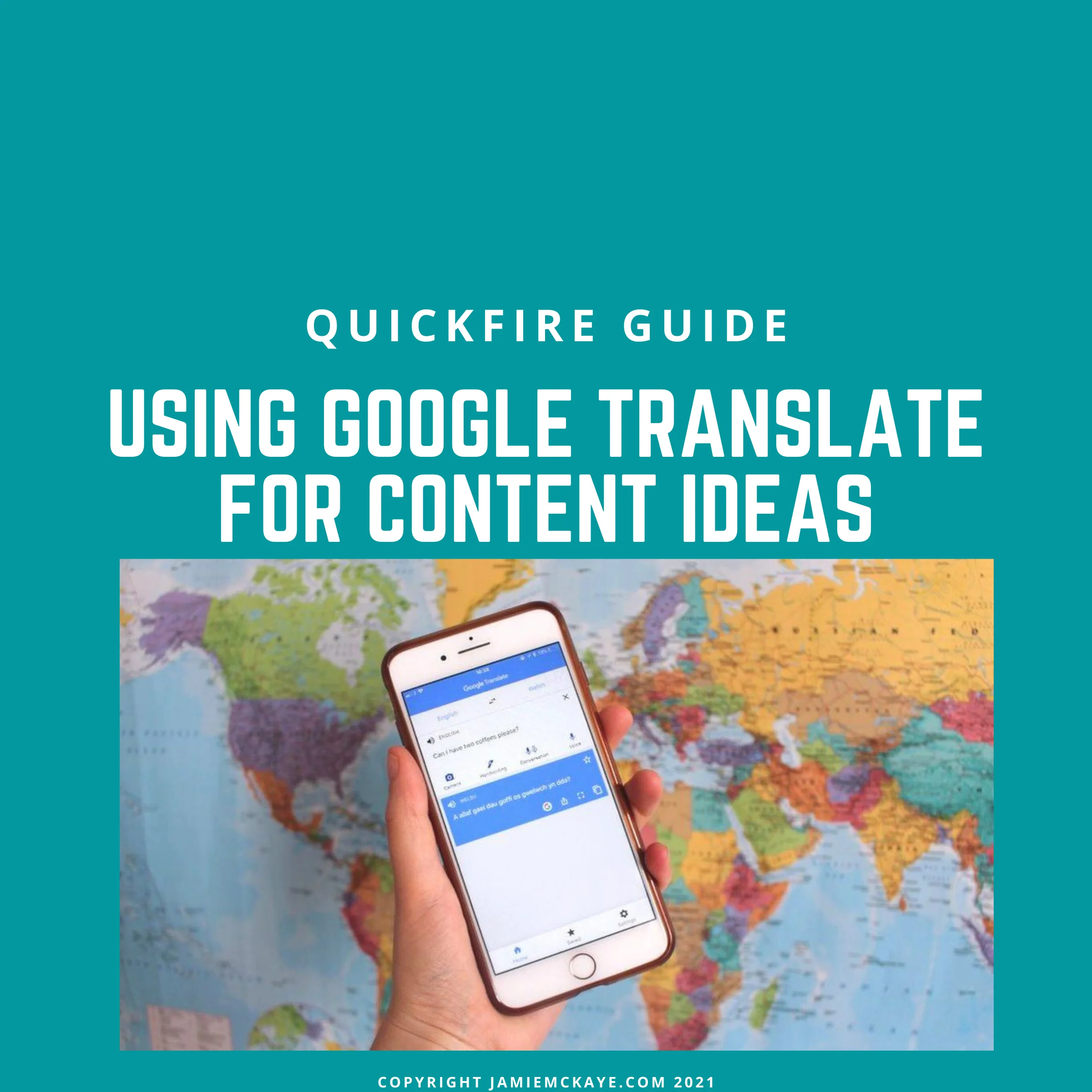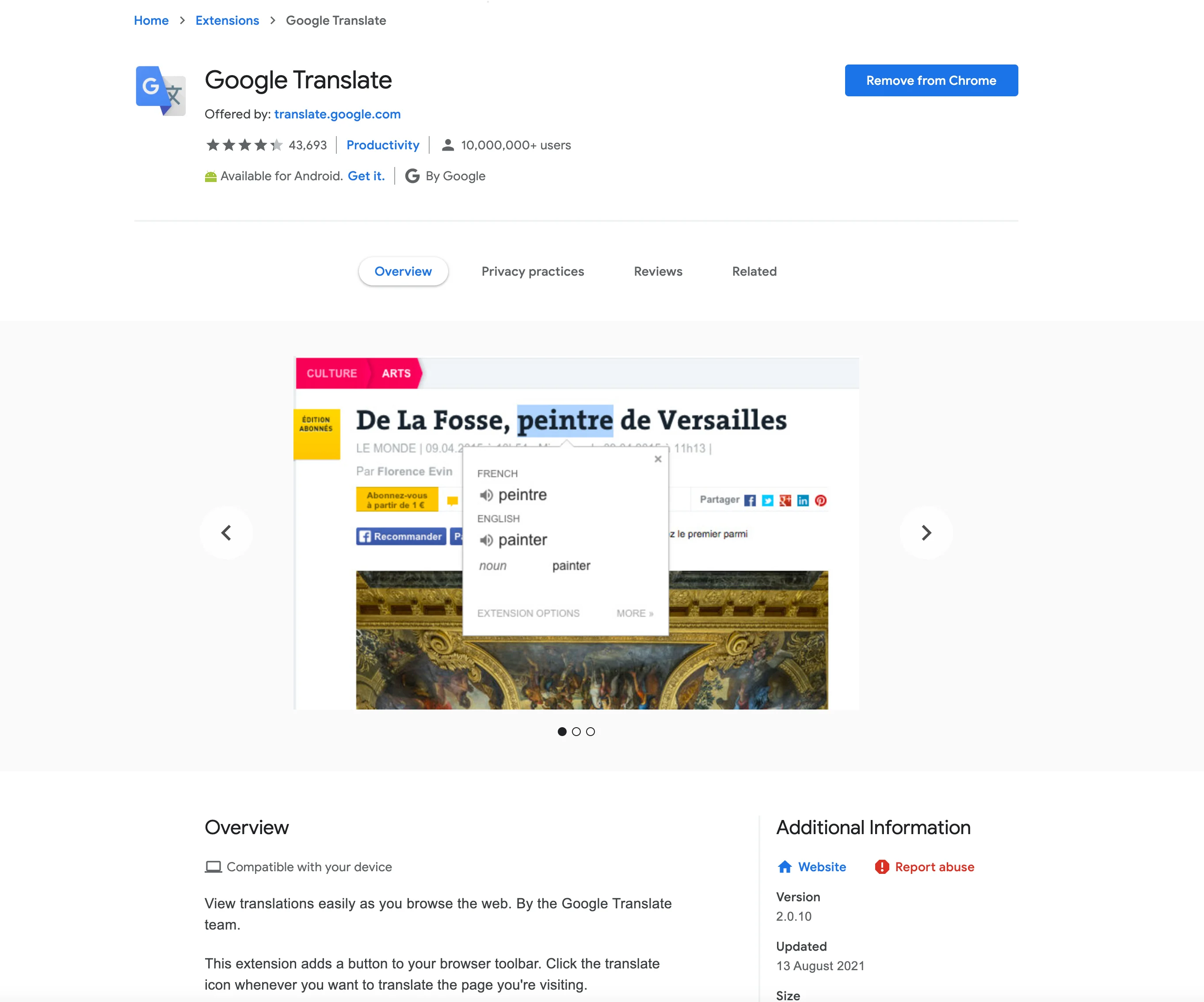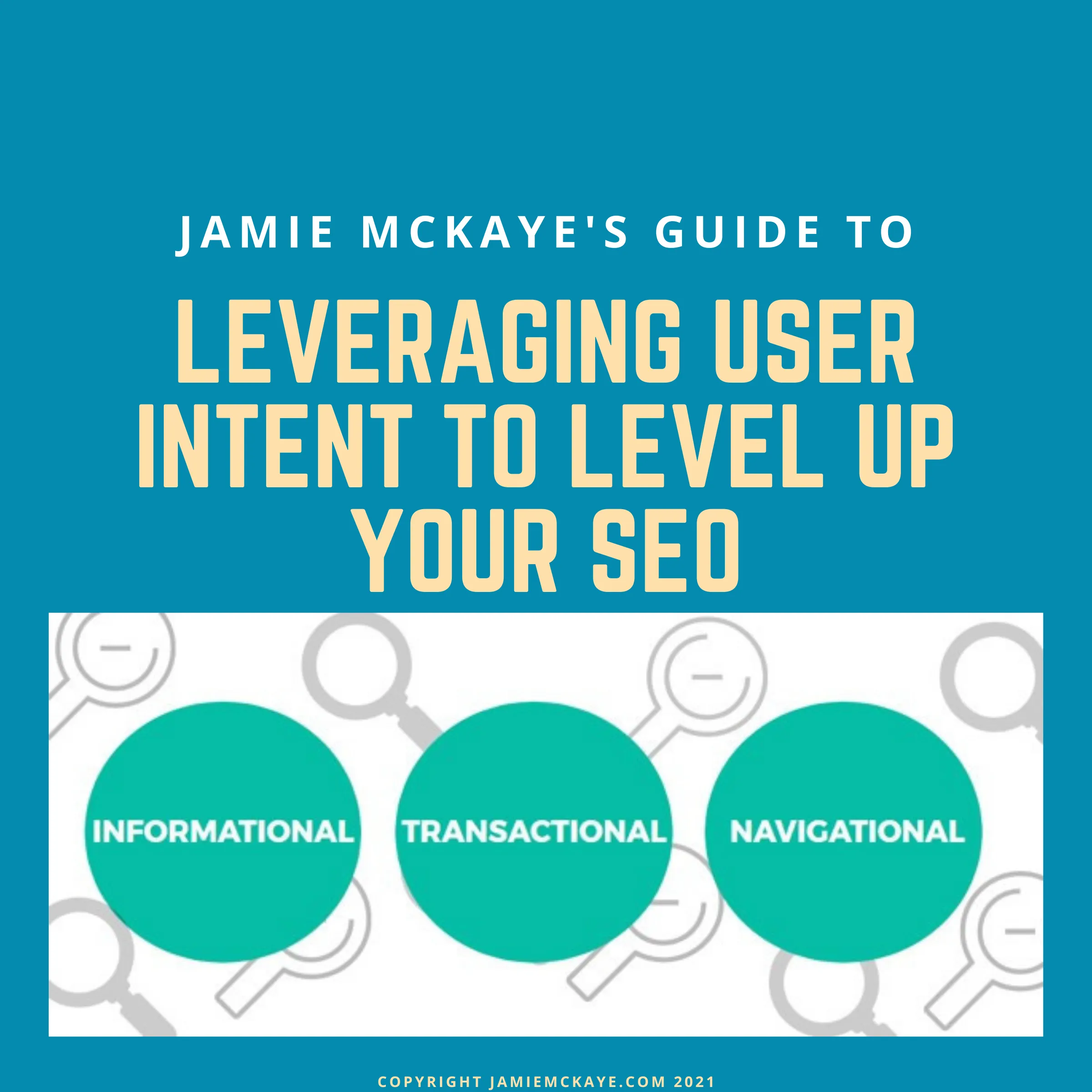Using Google Translate to Generate Amazing Content Ideas

Table of Contents
- Introduction
- 4 ways Google Translate can give you Fresh Content Ideas
- Things to Bear in Mind when using Google Translate to Generate Ideas
- Isn’t translated content treated as duplicate content?
- How Can Google Translate help to inspire me?
- But... Is Google Translate accurate?
- Google Translate for content - the Conclusion
Introduction
I'll start by saying what I'm sure everyone has heard countless times before: Content is king.
That is one of the main reasons why marketers are so preoccupied with creating the best possible content.
But what happens when that well of creativity runs dry?
If long hours staring at an empty whiteboard or scouring Google prove fruitless, then perhaps it’s time to think outside the box a little.
Ask yourself this; have you ever thought about exploring industry blogs in other languages?
There’s a world of content out there beyond the confines of one particular language and Google Translate can be a priceless tool in helping you find them.
With this being said, let's look at how you can use Google translate today to get ahead of the competition and uncover winning content ideas.
4 ways Google Translate can give you Fresh Content Ideas
There are over 100 languages out there, and a staggering 100 billion words translated every day; for content creators that’s a powerful resource.
Here are four ways to use it to your advantage.
- Broaden your Horizons
Finding different ideas begins with thinking differently and how you search is key to that. You might have exhausted content ideas in your own language, but looking beyond those barriers to other voices in your industry is a great start afresh.

Enabling Google Translate (the link will take you to the Chrome extension) to translate websites allows anyone, anywhere to explore content and get inspiration, regardless of language. Simply install the extension and it will automatically ask you when you visit a non-English website if you'd like the text to be translated.
Alternatively, it's easy to select a different language through Chrome settings, via a browser or the app by doing the following:
- Start by opening Google Chrome
- Head to the page you need translated
- Simply click “Translate” at the top of the page
The final step is to take inspiration from a fully translated page to then going forth and creating engaging content of your own.
- Exploring Brands on the World Stage
Inspiration doesn’t have to start and end with Google Search; you can head to sites such as Twitter and tweak the language translation settings really easily by visiting settings.
Doing that will enable you to explore what international and regional brands are sharing in other languages.
So, for example you can change your language settings to French, Spanish or German and search for your own industry-specific hashtags to see exactly what is trending at any given time. Then take that a step further, from Twitter accounts to websites and blogs (translated with Google Translate of course) for a whole new world of potential inspiration.
- Turning local trends into global trends

Still on the topic of Twitter trends, those topics you see by default tend to be ones from your own locale, but you can change that, to view topics on a global stage, to do so:
- Click or tap #explore on the left hand of your Twitter homepage
- This will open your location window, with the box reading “show content in this location” ticked
- Un-tick that limited world view and select the Explore option to see all the locations where Twitter is available
- Tick the ones you want, to see trending topics from those territories
From there, you have the potential to uncover new areas of discussion, previously undiscovered topics and niches just waiting to be filled, tailoring your content to a much larger conversation than before.
- Get an overview of your industry internationally
Whatever your industry, it has a national presence, but it also has a global one and many of those influencers and companies may not be sharing their valuable content in your language, that means you might be missing out...
Many aggregation sites display rankings for industry leaders in other countries, if you want to uncover the best copywriters in Germany for example, or France’s leading digital marketers, you can.
From there, you can explore their sites and blogs in your own language and tap into trends on a much wider scale than before.
Things to Bear in Mind when using Google Translate to Generate Ideas
While it might look simple enough, if you want to ensure that the content you have uncovered is appropriate and as relevant as possible, there are a few tips for good practice when it comes to navigating the international content highways:
- An Awareness of Linguistic and Cultural Nuances
This is a trap that can be painfully easy to fall into while seeking inspiration across cultural divides, one that can radically alter the meaning and interpretation of text.

Colloquialisms are a good example, because they rarely translate well across linguistic divides and extra care is important to ensure your content makes sense, otherwise you risk wasting your time at best, causing offence and damage to your brand at worse.
- Being Mindful of Causing Offense
As we have seen, misunderstood or unnoticed nuances are something to keep a careful eye out for when looking at translated content. A degree of caution is always needed and if you are relying on Google Translate to engage with a conversation, that means thinking carefully about how the translated text might be perceived.
If something looks out of place, it nearly always is, don’t forget to rework or remove something entirely to ensure your message is as productive as you hope it will be.
- Discovering Content in Adjacent Niches
If you are still finding it hard to seek out inspiring content ideas, you can also look deeper by exploring industry-adjacent niches.
This practice comes with the advantage of being able to offer unique insight from your own specialised point of view. For digital marketing, you might think about email marketing, copywriting or email metrics. In-turn they might lead you down a rabbit hole of compelling calls to action, technical blog writing or a range of other topics you might find insightful.
By shifting the goalposts and casting your net a little wider, you will always find more granular content, which might speak to your audience and will certainly broaden your knowledge.
- Remember, SEO is still Important
You’re a marketer, so you already know that Search Engine Optimisation forms the foundation for everything you do. That means if you do decide to use Google Translate to translate a piece of content and take ideas from that for content of your own, you will absolutely have to re-optimise it to ensure it meets your own standards and drives SEO searchability.
That will include ensuring your respective keywords are present, and that the content still reflects your goals.
Isn’t translated content treated as duplicate content?
No, it isn’t. Because just like we mentioned above, the nuances and colloquialisms will be adjusted by you, words and phrases too, to ensure meaning is clear. Therefore translated and re-optimised content is entirely different from the source material.
To learn more about this, here is Google’s very own John Mueller discussing the topic at length starting at around 2:45 mark - here's the vid:
How to set up Automatic Google Page Translation
To get Google translate to automatically translate content for you, here is what you need to do:
1. Start by opening Google Chrome and navigating to the page you need translated
2. Simply click “Translate” at the head of page
How Can Google Translate help to inspire me?
Translate is a powerful tool to help you find and understand inspiring content from all around the globe to re-purpose for your own brand. It can also empower you to engage with a much wider audience and join much larger conversations.
It can help to establish you as a thought leader.
But... Is Google Translate accurate?
It is used every day by millions and it has been updated and honed over time by Google, the brightest and best, which means it is pretty accurate. For the purpose of gathering ideas, inspiration and being able to engage with the wider world however, it is very accurate.
But that accuracy comes with a caveat: you do need to check your content for cultural and linguistic nuances to ensure it is appropriate.
Google Translate for content - the Conclusion
Every industry in every country demands content of the highest quality. Marketers are tasked with the job of delivering it in a world where originality is increasingly hard to come by.
Google Translate is a valuable tool, to enable users to look beyond geographical barriers and tap into ideas and conversations across the world which might inspire new paths and increased awareness or engagement.
It can also help you to earn authority on a scale much bigger than your current locale. As you explore more and more however, remember to keep culture, nuance and perception in mind as you continuously re-optimise the content you create as a result.
That way your version can and will rank as highly as possible.





Comments